
What is Giteki Certification?
giteki certification (技術基準適合証明, Technical Conformity Certification) is a mandatory certification system for telecommunications equipment in Japan, directly regULated by the Ministry of Internal Affairs and Communications (MIC). This certification replaced the previous JATE certification (Japan Approvals Institute for Telecommunications Equipment) and has been fully implemented since the revision of the Telecommunications Business Law in Japan in 2018. Its purpose is to ensure that all devices connected to Japan's public networks comply with national technical standards, safeguarding network security, compatibility, and user rights.
Relationship with JATE Certification:
Giteki Certification is an upgraded version of JATE Certification, with the core objectives being the same. However, Giteki Certification has a broader scope and stricter management. Industry practice may still refer to it as "JATE Certification," but official documents and certificates use the term "Giteki."

Certification Testing Requirements:
The testing for Giteki Certification is based on Japan's Radio Wave Act, Electrical Safety Act, and MIC technical standards, covering the following areas:
1. Electrical Safety:
- Devices must pass tests for insulation resistance, withstand voltage, leakage current, etc., to meet the requirements of Japan's 100V/50-60Hz grid environment.
2. Electromagnetic Compatibility (EMC):
- Includes EMI (Electromagnetic Interference) and EMS (Electromagnetic Susceptibility) tests, such as radiation interference and electrostatic discharge immunity.
3. Radio Frequency Performance:
- Wireless devices must be tested for frequency range, transmission power, bandwidth, spurious radiation, etc., in compliance with the Radio Wave Act.
4. Network Compatibility:
- Verifying device interoperability with Japan's PSTN telephone network, LTE/5G mobile networks (such as VoIP protocol testing).
5. Network Security:
- Starting in 2022, additional requirements include compliance with data encryption, firmware tamper-proofing, vulnerability patching mechanisms, etc.
Special Requirements:
- Localization Adaptation: For example, Wi-Fi devices must support Japan-specific channels (Channel 14 is only for 802.11b).
- Disaster Recovery Function: Some devices must be compatible with Japan's Emergency Warning System (ETWS).
Detailed Certification Process:
1. Pre-Preparation:
- Choose a certification body: Testing must be conducted by a MIC-approved laboratory (e.g., TELEC, UL Japan).
- Technical Documentation: Prepare Japanese versions of circuit diagrams, manuals, BOM list, software and hardware version descriptions.
2. Sample Testing:
- The laboratory conducts comprehensive testing on the sample. If it fails, it must be rectified and re-submitted.
3. Application Submission:
- Applications must be submitted by a locally registeRED agent in Japan; individuals or foreign companies cannot apply directly.
4. MIC Review:
- The Ministry of Internal Affairs and Communications reviews the test report and documentation, typically taking 2-4 weeks.
5. Certification and Marking:
- After passing, the Giteki certificate is issued, and the device must be labeled with the "技適マーク" (giteki mark).
Certification Cycle and Costs:
1. Certification Cycle:
- Standard Cycle: 8-12 weeks (from sample submission to certification).
- Expedited Service: Can be shortened to 6-8 weeks, with an additional 30%-50% fee.
- Factors for Delay: Test failures, document resubmission, MIC review peak periods.
2. Certification Costs:
- Testing Fees: $5,000 - $10,000 (Wireless devices generally cost more than wired devices).
- Agent Service Fees: $3,000 - $6,000 (Includes document submission, MIC communication, and annual maintenance).
- MIC Official Application Fees: $1,200 - $2,000 (Varies depending on product complexity).
- Total Cost: $9,000 - $20,000 (Complex 5G devices may exceed ¥25,000).
Applicable Product Range:
- Mandatory Certified Products:
- Wireless Devices: Mobile phones, Wi-Fi routers, Bluetooth headsets, 4G/5G modules, in-vehicle radar.
- Wired Devices: Fiber optic modems, IP phones, network switches, VoIP gateways.
- Specialized Devices: Disaster prevention radios, industrial IoT terminals, smart meter communication modules.
- Exemptions:
- Devices used only within an internal network and not connected to the public network (proof of isolation required).
- Test-use devices (temporary permits must be applied for).
Important Notes and Frequently Asked Questions:
1. Local Agent Requirement:
- Companies without a Japanese agent must cooperate with a third-party service company.
2. Language and Labeling Standards:
- All documents must be provided in Japanese, and device labels must include the "技適" number and agent information.
3. Certificate Maintenance:
- Hardware modifications or software upgrades require retesting or filing, or the certificate will become invalid.
4. Market Supervision:
- The MIC conducts regular spot checks, and non-compliant products may face fines up to ¥100 million and criminal penalties.
Email:hello@jjrlab.com
Write your message here and send it to us
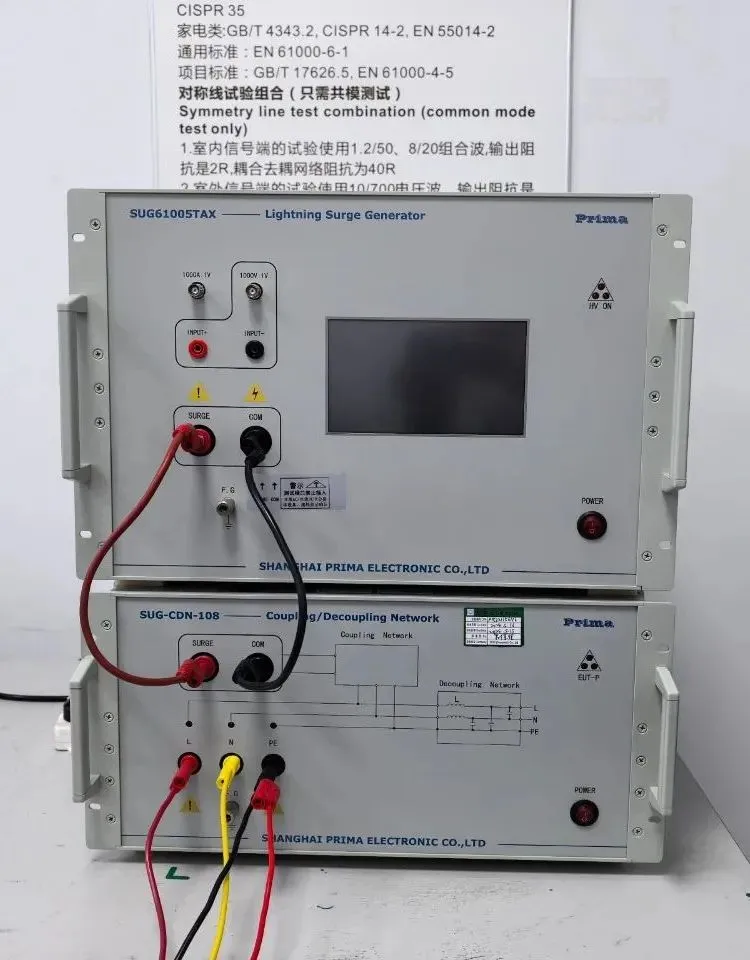 What Are the Testing Items of California Propositi
What Are the Testing Items of California Propositi
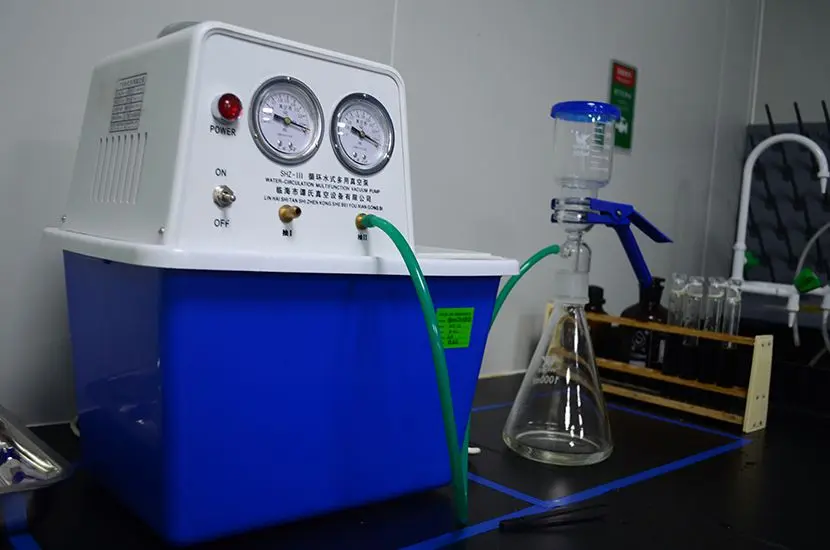 E-Cigarette EU TPD Testing
E-Cigarette EU TPD Testing
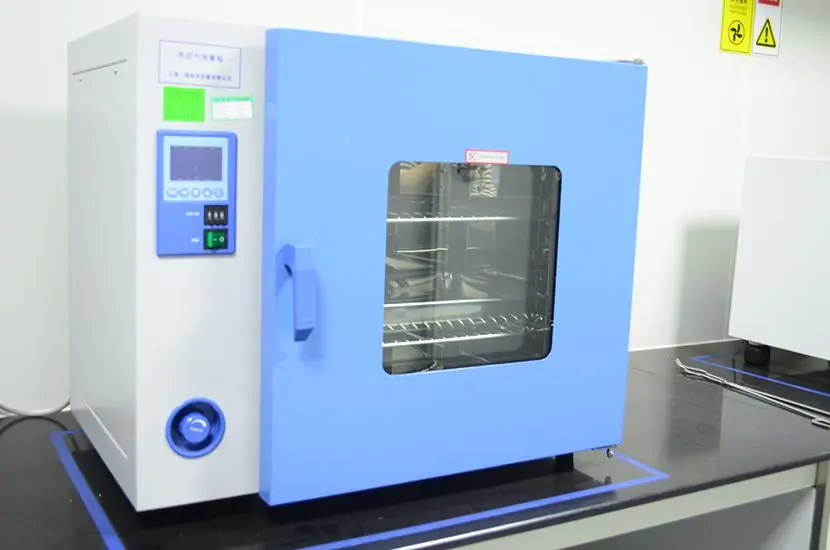 Testing Certification for E-cigarettes Exported to
Testing Certification for E-cigarettes Exported to
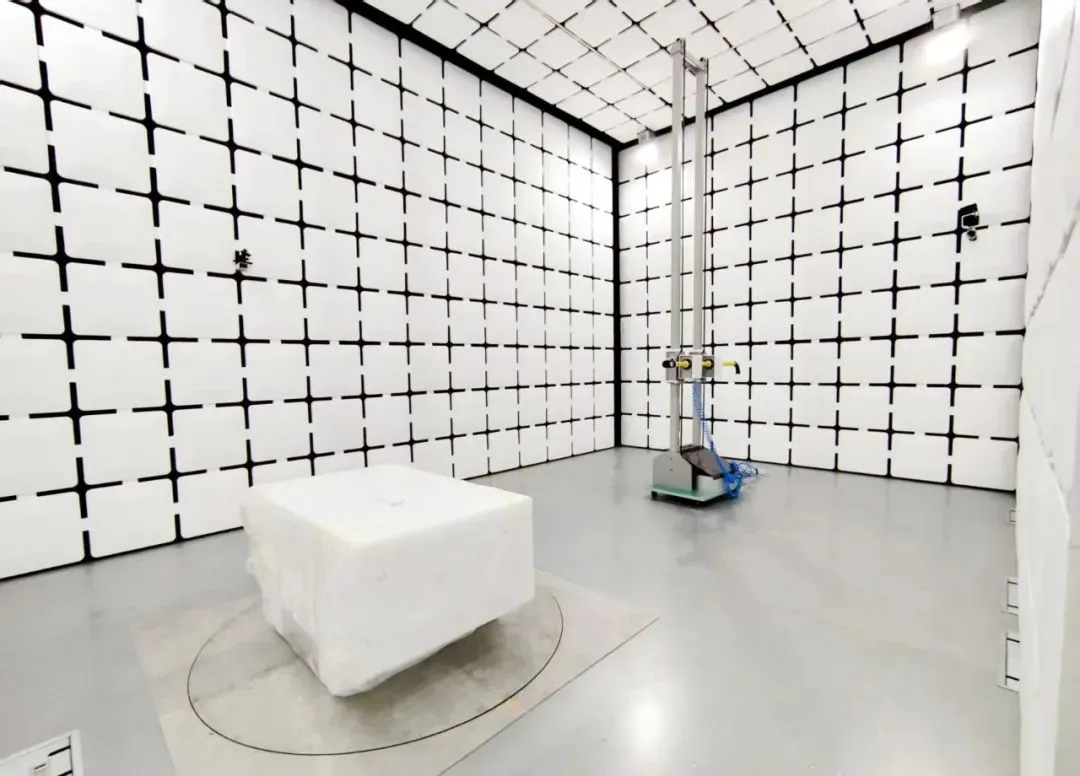 What is Amazon US CPC Certification?
What is Amazon US CPC Certification?
 UK Toy Safety Regulation Standard EN 71-13
UK Toy Safety Regulation Standard EN 71-13
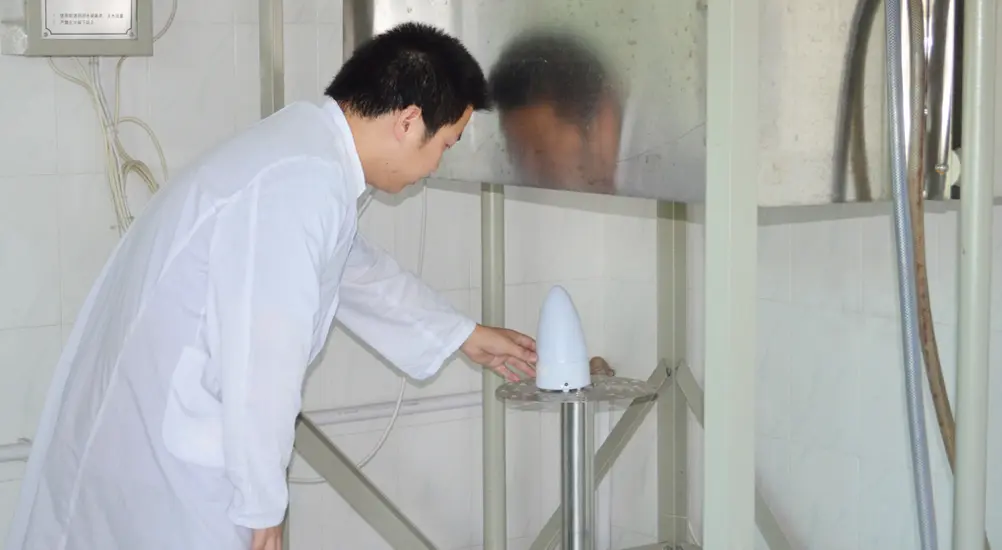 What is EU UFI Registration?
What is EU UFI Registration?
 EU UFI Registration for E-cigarette E-liquid
EU UFI Registration for E-cigarette E-liquid
 How to get the MSDS Report for Electronic Cigarett
How to get the MSDS Report for Electronic Cigarett
Leave us a message
24-hour online customer service at any time to respond, so that you worry!




